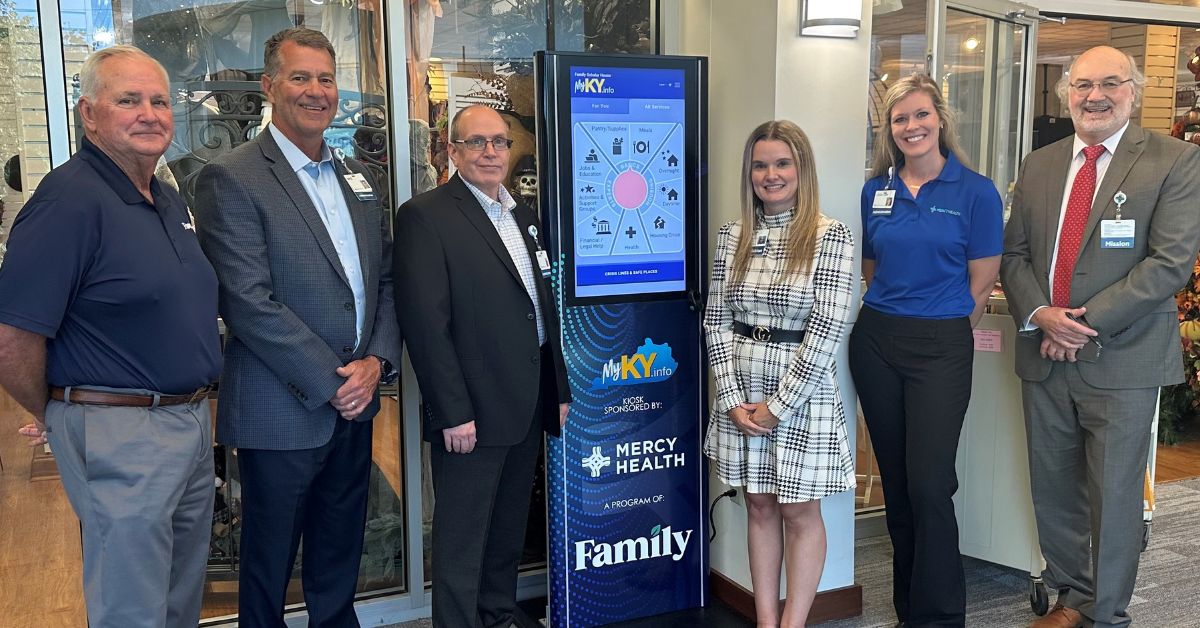According to the U.S. Department of State, human trafficking is currently taking place in every region of the United States. While human trafficking can involve victims being forced to engage in commercial sex, other forms of human trafficking involve victims being forced to perform labor or services. It can also include organ harvesting.
Additionally, human trafficking doesn’t discriminate. Victims come from all backgrounds and can be of any age, race, ethnicity, gender as well as from any socio-economic class. Also, more than 90 percent of these victims come into contact with a health care provider.
So, how can you help victims of human trafficking? The best way to start is to learn about the red flags.
Be on the lookout in your community
With human trafficking, one of the best ways to help victims is to say something if you see something. There are many red flags of human trafficking to learn and know. However, the most noteworthy ones to look out for in your community include a person:
- Appearing malnourished
- Showing signs of physical injuries and abuse
- Not allowed go into public alone or speak for themselves
- Who does not have access or control over their personal identification, such as ID, birth certificate or Social Security number
- Who avoids eye contact, social interaction and authority figures or law enforcement
If you are in public and notice someone who fits this description, or your gut tells you an individual might be in trouble, contact your local law enforcement or call the National Human Trafficking Hotline at 1-888-373-7888 to report what you saw. Try to remember specific details that you can provide to authorities, like license plate numbers, what the person or people were wearing and which direction they went when they left.
Also, do not try to take matters into your own hands and intervene on your own. Never put yourself in an unsafe situation. Additionally, you want to make sure to honor the autonomy of the person if they are truly a human trafficking victim. It’s important to “respect the no” in these instances, as oftentimes it can be very dangerous for people to leave trafficking situations.
Become a mentor
Besides looking out for red flags in your community, another way to fight human trafficking is to help certain individuals lower their risk.
Human traffickers often target people who lack a strong support system and are vulnerable. This can include, but is not limited to, children of low-income families, kids in the foster system as well as runaway and homeless youths. However, with a mentor in their life, these people are able to experience new, positive things during a developmental time in their lives.
Find a mentorship program in your community and get involved. It could be a local initiative or a national mentorship program.
Be an informed consumer
You can help victims of human trafficking by taking time to evaluate the decisions you make on a daily basis.
Did you know that human trafficking can be hidden in our supply chain? Therefore, it is important to be an informed consumer and know exactly where the items you purchase are coming from.
A good place to start is to make sure that you are purchasing items that are marked as “fair trade.” Additionally, the responsible sourcing tool is a great way to learn who is picking the fruit you buy or who is making the jeans you love. When buying from a small or local business, asking the business owner where they source their products is another way to better understand an item’s origin.
By doing this research, you can make sure you are purchasing from ethical companies and not contributing to the human trafficking issue we are currently fighting.
Contact your elected officials
Consider writing a letter, calling or setting up a time to meet with your local, state and/or federal representatives. Express your concerns about human trafficking and ask what they are doing to fight it.
Reaching out to elected officials might also help you find and connect with others who are also passionate about helping victims of human trafficking. From there, you can work together.
Host a fundraiser
Plan and host a fundraising event to help victims and survivors of human trafficking. Besides providing anti-trafficking literature about the impacts of human trafficking, also consider screening an educational film as well and/or having a local human trafficking expert attend and speak to the group.
Great resources to check out include:
- The Ohio Office of Criminal Justice Services
- The U.S. Department of Justice
- HEAL Trafficking, this one has many resources for all different types of professions
At Mercy Health, we are committed to supporting our communities in the fight against human trafficking.
In fact, our Mercy Health – Toledo Trauma Recovery Center recently received a $145,000 state grant for human trafficking prevention.
“This grant has allowed our center to focus on preventative work regarding the youth in our community,” OraLee Macklenar, LISW-S, LCDC III, CEAP, the center’s supervisor, explains. “We have been able to provide training and education to youth before something bad has happened. We are also already working with victims of crime here at our center and the grant has allowed opportunity to educate and help prevent victimization. The focus of the grant has been on preventative factors. We are passionate about educating the youth in our community about the risks that are out there. The risks of how traffickers are looking for vulnerable youth and how they will lie and manipulate them. We cannot emphasize enough how traffickers are looking to prey on very vulnerable people. The material we use educates youth on how to keep themselves from falling prey to potential perpetrators.”
Learn more about our ministry’s mission.






